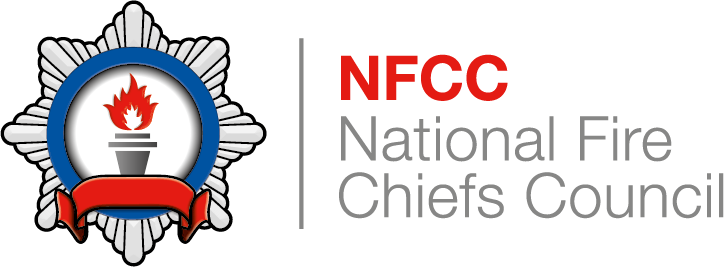Appoint safety officers at railway infrastructure incidents
Control Measure Knowledge
Personnel should not normally work in the vicinity of any railway infrastructure or track until confirmation has been received that proportionate control of the railway has been implemented. However, in extreme circumstances, actions may need to be taken following an appropriate risk assessment. For further details about responding to extreme circumstances, refer to Follow Network Rail guidance for emergency services.
In this even it may be beneficial to appoint safety officers, taking into account the need for additional safety officers on bidirectional tracks. The effectiveness of safety officers may be limited as, unless the rail vehicle is travelling at slow speeds, they may not be able to relay safety messages to the scene of operations within the required timeframe.
When appointing and positioning safety officers to warn for rail vehicle movements, consideration should be given to:
- Risk to personnel, including the safety officers
- Speed and stopping distances of rail vehicles
- Their location in relation to the scene of operations
- Footprint of the incident
- Topography of the location
- Whether the railway is bidirectional
- Weather and visibility
- Noise level at the scene
- Audibility or visibility of messages and signals
- Communication methods and evacuation signals
Safety officers should be equipped to provide warnings and position themselves in a safe location to give the maximum warning time. They should relay their warnings to a scene of operations safety officer, who will alert all personnel. The scene of operations safety officer should stand in a place of safety when alerting personnel; giving an evacuation signal should not put the safety officer at risk.
Further information about rail vehicle speeds, sighting distances and how to calculate warning times can be found in the RSSB publication, General duties of a controller of site safety (COSS) (GERT8000-HB7).
Safety officers may need to use hand signals to instruct train drivers to stop. To do this the safety officer should:
- Move along the line to give as much stopping distance as possible
- Stand in a position of safety, facing the train
- Signal the driver by:
- Raising both arms above the head in daylight
- Waving a lamp or torch rapidly in reduced visibility
The delegated responsibilities of the safety officer at the scene will be to ensure:
- Personnel maintain safe distances between themselves and the line when trains are still running
- Trains are stopped or cautioned, as appropriate, if personnel need to operate closer than 3m from the nearest running rail
- Operations are conducted safely
- Personnel are evacuated if there is imminent danger
Safety officers should not be stood down until one or more of the following events has occurred:
- Confirmation has been received that proportionate control of the railway has been established
- Specialist resources have appointed on-site rail staff to replace the safety officers
- The incident is closed, and the scene of operations is clear of personnel and fire and rescue service equipment
